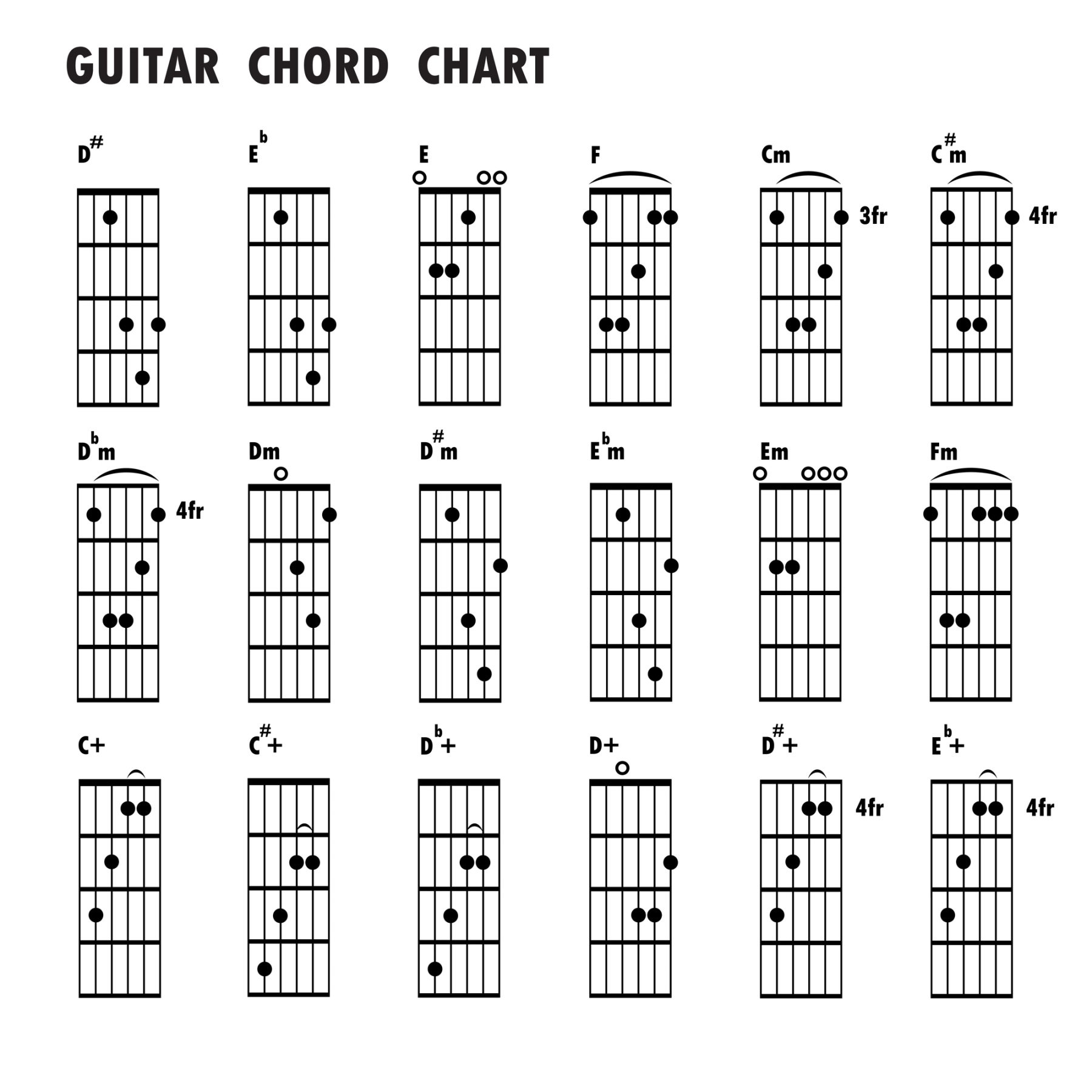Guitar Chord Practice: Level Up Your Playing, One Chord at a Time
So, you’ve got a guitar, you’ve learned a few basic chords, and now you’re wondering, “What’s next?” Well, my friend, you’ve stumbled upon the essential, sometimes tedious, but absolutely crucial part of guitar playing: chord practice. It’s not always glamorous, but it’s the foundation upon which all your musical dreams will be built. Let’s dive into how to make it less of a chore and more of a groove.
Start Simple, Stay Consistent
Look, nobody picks up a guitar and instantly shreds like Hendrix. We all start with the basics. And when it comes to chords, starting simple is key. Focus on mastering those open chords: A, Am, C, D, Dm, E, Em, and G. These are the building blocks of countless songs. Don’t rush through them. Take your time, get each finger placement right, and make sure you’re getting a clean, clear sound.
Consistency is your best friend here. Even just 15-20 minutes of focused practice every day is way more effective than a marathon session once a week. Think of it like brushing your teeth—you wouldn’t skip a week, right? Treat your guitar practice the same way.
The Importance of Smooth Transitions

Knowing your chords is one thing, but being able to switch between them smoothly is where the magic happens. This is where a lot of beginners get stuck. You might be able to play a C chord perfectly, but if you can’t switch to a G chord without a five-second pause, you’re going to struggle.
Start by practicing simple chord progressions. C-G-Am-F is a classic for a reason. Practice these transitions slowly, focusing on getting each finger in the right place at the right time. Use a metronome to keep time. Even at a slow tempo, it helps you develop a sense of rhythm and timing.
Chord Changes: The Slow and Steady Approach
Don’t be afraid to slow things down. Really slow. Like, painfully slow. Focus on the movement of each finger. Where is it coming from? Where is it going? What’s the most efficient path? This slow, deliberate practice builds muscle memory and helps you avoid those awkward pauses.
A great exercise is to practice switching between two chords repeatedly, focusing on minimizing the time it takes. Start with a simple change, like C to G, and just go back and forth, back and forth. You can even try saying the chord names out loud as you switch to help reinforce the pattern.
Adding Rhythm and Strumming Patterns
Once you’re comfortable with your chord changes, it’s time to add some rhythm. Strumming patterns are what give your chords life. Start with simple downstrokes and gradually introduce more complex patterns. Experiment with different rhythms and find what sounds good to you.
Try strumming along to some of your favorite songs. Even if you’re just using basic downstrokes, it’ll help you develop a sense of timing and rhythm. And remember, a metronome is your friend. It’s like having a drummer in your practice room, keeping you in time.
Chord Voicings and Variations
As you progress, you’ll start to encounter different chord voicings and variations. This is where things get really interesting. You’ll learn how to play the same chord in different positions on the neck, creating different sounds and textures.
Don’t be afraid to experiment and explore. There are countless resources online and in books that can help you learn new chord voicings and variations. Learning these variations will expand your musical vocabulary and make your playing more interesting.
Using a Metronome and Backing Tracks
We’ve mentioned the metronome, but it’s worth emphasizing again. It’s an essential tool for developing your timing and rhythm. Backing tracks are another great way to practice. You can find tons of free backing tracks online in various styles and tempos.
Playing along to a backing track helps you develop your ear and learn how to fit your chords into a musical context. It’s also a lot more fun than just practicing chords on your own.
Don’t Forget the Fun Factor
Practice shouldn’t be a chore. It should be something you enjoy. If you’re not having fun, you’re less likely to stick with it. Find songs you love to play, even if they’re simple. Playing music you enjoy will keep you motivated and make practice more enjoyable.
Remember, every guitarist, no matter how skilled, started where you are. Be patient, be persistent, and most importantly, have fun.
Conclusion
Guitar chord practice is the cornerstone of any guitarist’s journey. It’s about building a solid foundation, developing muscle memory, and learning to switch between chords smoothly. By starting simple, staying consistent, and incorporating rhythm and variations, you’ll see significant improvements in your playing. Remember to use tools like a metronome and backing tracks, and most importantly, keep it fun. Don’t get discouraged by the challenges; every minute you spend practicing brings you closer to your musical goals. With dedication and patience, you’ll be playing your favorite songs and creating your own music in no time. So, pick up your guitar, start practicing, and enjoy the journey.

